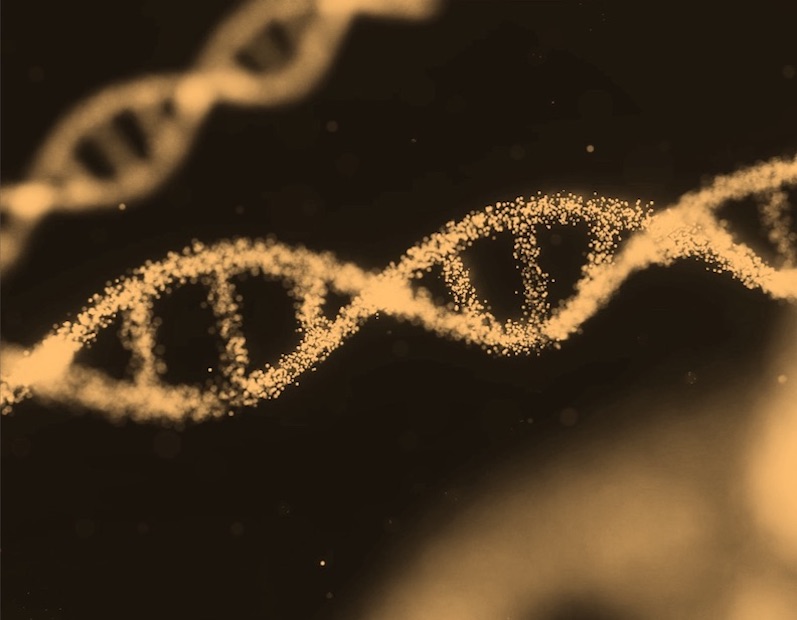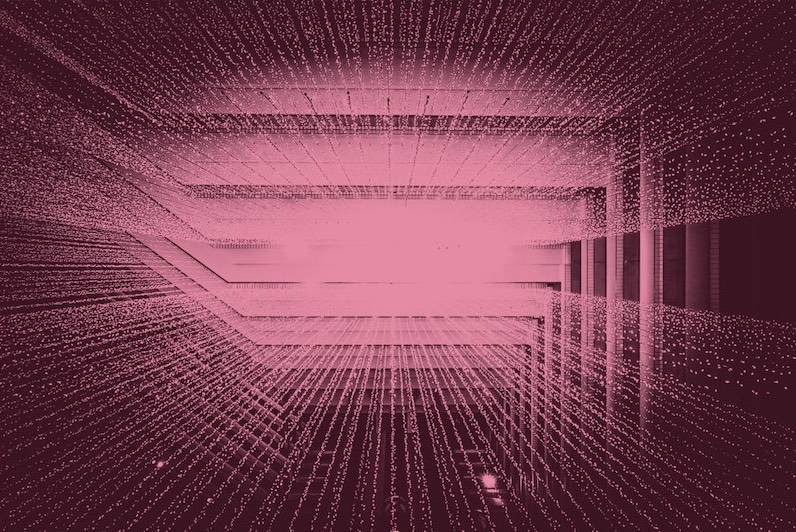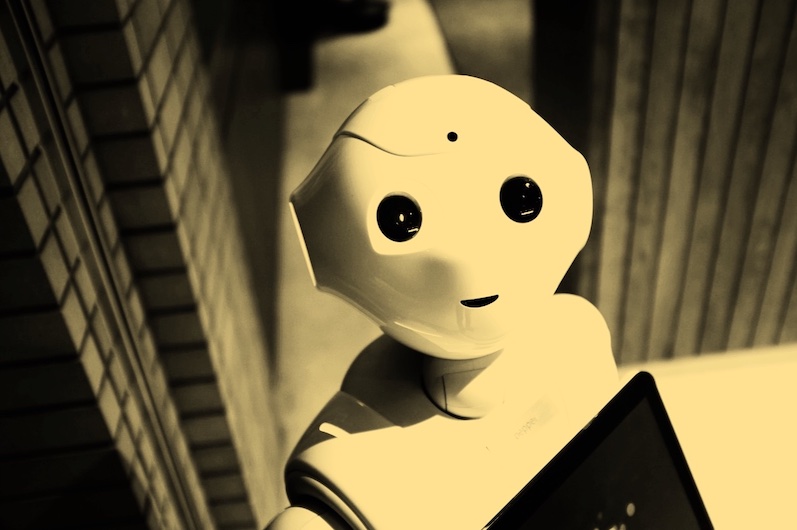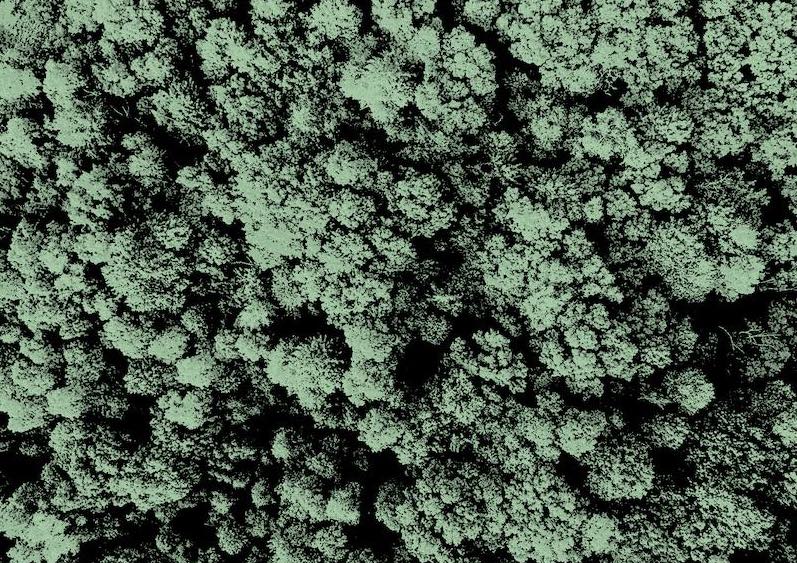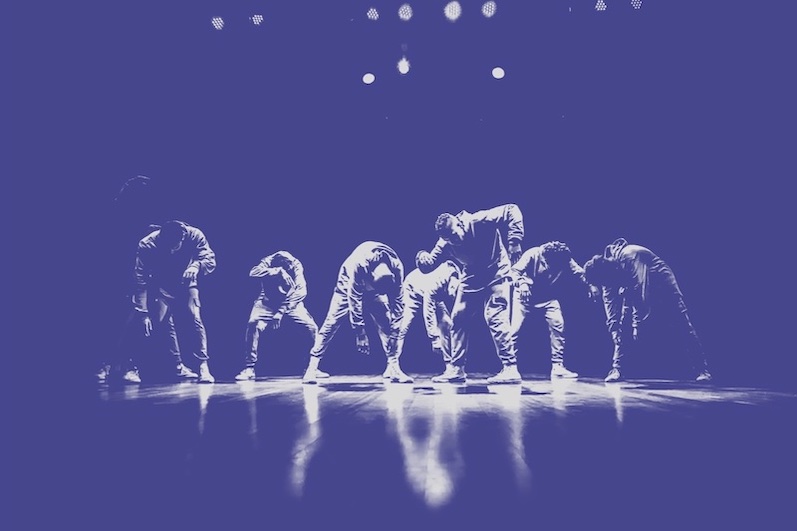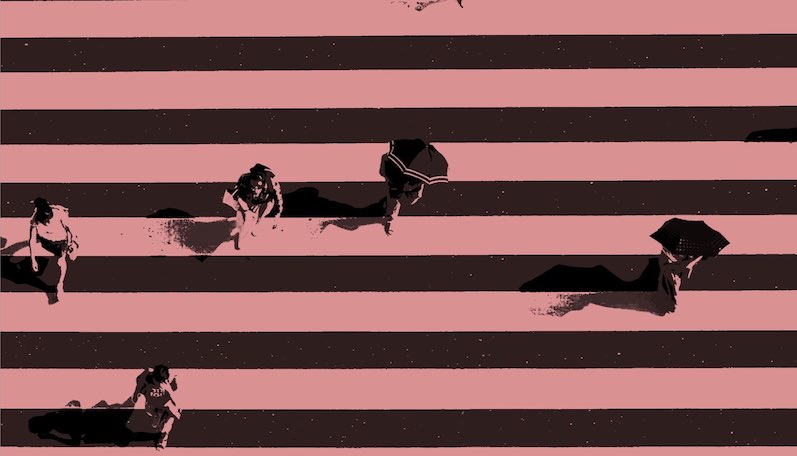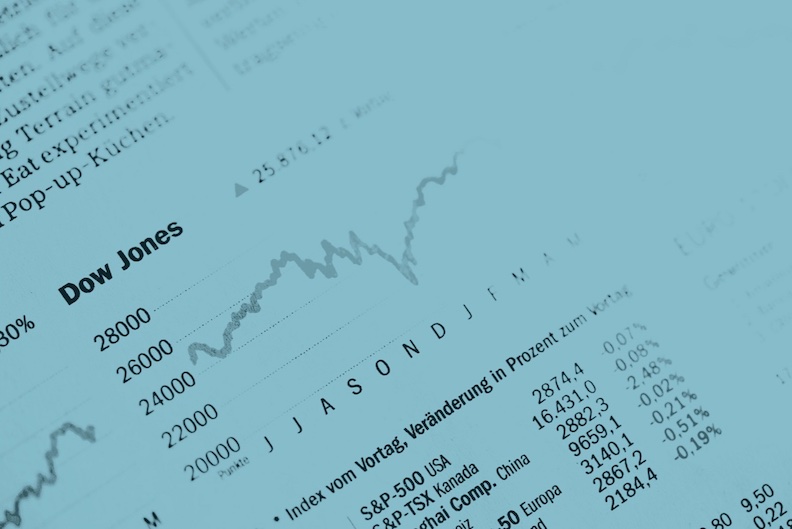What is it about?
This study focuses on developing an image-based classification model to assess the quality and maturity of Citrus reticulata var. Keprok Batu 55. By utilizing image processing techniques and artificial intelligence, the research aims to provide a non-destructive method for evaluating citrus fruits, potentially enhancing efficiency in quality control processes.
Featured Image

Photo by Hoach Le Dinh on Unsplash
Why is it important?
This research is important because it provides a modern, accurate, and efficient approach to determining the maturity and quality of Citrus reticulata var. Keprok Batu 55 using image processing and artificial intelligence. Traditional methods of assessing fruit maturity rely on manual observation, which is subjective, inconsistent, and time-consuming. By developing an AI-based classification system, this study introduces an automated, objective, and scalable solution that improves the accuracy and efficiency of citrus quality monitoring in both pre- and post-harvest stages. The integration of image analysis techniques with color indices (RGB, Lab, HSV) allows for precise characterization of fruit ripeness without requiring destructive testing. This not only benefits farmers by optimizing harvest timing for better yield and market value but also supports quality control in the citrus supply chain. Additionally, by training machine learning models with a diverse dataset of citrus images, the system enhances reliability in segmentation, color assessment, and grade classification. Ultimately, this research contributes to the advancement of smart agriculture by leveraging AI and computer vision for real-time fruit quality assessment. It has the potential to reduce labor costs, minimize errors, and improve consistency in citrus classification, making it a valuable tool for farmers, traders, and food industries looking to ensure high-quality citrus production.
Perspectives
From my perspective, this research is a significant step toward modernizing agricultural practices, particularly in citrus farming. The use of artificial intelligence and image processing in fruit quality assessment represents an innovative approach that addresses the inefficiencies of traditional manual inspection methods. Since Citrus reticulata var. Keprok Batu 55 is a superior variety with high market demand, ensuring its quality through automated monitoring systems can enhance its commercial value and maintain consumer trust. One of the most compelling aspects of this study is its focus on developing a portable system that integrates image processing with non-destructive measurements. This aligns with the growing need for precision agriculture, where data-driven technologies help optimize productivity and reduce post-harvest losses. By leveraging machine learning models to classify fruit maturity based on color indices, this research introduces a scalable and objective tool that can be used across different citrus-growing regions. However, I see some challenges that need further exploration. The effectiveness of the AI model depends on the quality and diversity of the training dataset. Variations in lighting, fruit positioning, and external conditions could impact the accuracy of the predictions. Additionally, integrating this technology into real-world farming operations requires proper infrastructure and training for farmers to adopt and utilize it effectively. In the future, I believe this research can be expanded to include additional parameters beyond color, such as texture analysis and multispectral imaging, to further improve classification accuracy. Furthermore, integrating this system with mobile applications could make it more accessible for farmers and supply chain stakeholders. Overall, this study is an important milestone in the application of AI in agriculture and has the potential to revolutionize how citrus quality is monitored and managed.
Zainuri Hanif
National Research and Innovation Agency (BRIN)
Read the Original
This page is a summary of: Characterization and Classification of Citrus reticulata var. Keprok Batu 55 Using Image Processing and Artificial Intelligence, Universal Journal of Agricultural Research, August 2022, Horizon Research Publishing Co., Ltd.,
DOI: 10.13189/ujar.2022.100409.
You can read the full text:
Contributors
The following have contributed to this page

